Fiber seems like a boring subject. I mean, who wants to read a 3,000-word article about the benefits of dietary fiber?!
But please, keep reading. The truth is, fiber might be the most exciting health topic on the planet. Why? Because it has more potential to boost your health than practically anything else.
The more I dig into nutritional science, the more I am convinced that eating a high fiber diet is probably the #1 thing we could all do to improve our health.
Unfortunately, nearly everyone in the Western World is deficient in fiber. Our human ancestors probably got somewhere in the range of 100 grams per day (!) while today, the average American is getting 15 grams of fiber. Fifteen!
We desperately need to change that, so I put together this in-depth guide with everything you need to know about getting more fiber in your diet. The guide is split into four parts and you can use these links to navigate:
CONTENTS
- Top Benefits of a High Fiber Diet – What evidence-based benefits have been attributed to fiber?
- Common Fiber Mistakes – As you increase your fiber load, here’s a handful of pitfalls to avoid.
- High Fiber Foods – Fiber is found only in plants, but which foods are the highest in fiber?
- Fiber Recipes – It wouldn’t be much of a One Ingredient Chef article without some recipes, and these are some of my favorite and most delicious high-fiber recipes.
The Top 10 Benefits of a High Fiber Diet
Let’s start with the basics – what’s the big deal about fiber? Why is it so good for us? Below, I have detailed and sourced 10 proven health benefits of fiber. But first, here’s a quick overview of these benefits in the first-ever One Ingredient Chef INFOGRAPHIC!
NOTE: If you’d like to share this graphic on social media to spread the word about fiber, please do so! Here’s links you can use – [PINTEREST] [FACEBOOK] [TWITTER]. And, if you have a website, you are more than welcome to repost the graphic with the following code:
1. Fiber Helps with Weight Loss
As this study says, “support that dietary fiber intake prevents obesity is strong. Fiber intake is inversely associated with body weight and body fat. In addition, fiber intake is inversely associated with body mass index at all levels of fat intake.”
Why? We don’t exactly know, but everything else mentioned below is surely contributing… it decreases calorie intake by making you feel more full (since fiber has no calories but does add bulk to your diet), it makes you feel fuller for longer, it reduces insulin sensitivity, and it definitely alters your gut biome in positive ways. Whatever the reasons, fiber helps maintain a healthy BMI.
2. Fiber is Anti Inflammatory
Inflammation is so much more than the redness and throbbing sensation after you stub a toe. For reasons we don’t yet fully understand, low-grade inflammation is at the core of nearly all of our most deadly diseases, from diabetes to alzheimer’s to cancer to heart disease and more. It turns out, fiber has a pronounced anti-inflammatory effect on our bodies.
This is so powerful in terms of preventing chronic disease, but the short-term benefits are powerful as well. As the page above discusses, even the minimum recommended amount of fiber is associated with a lower risk of developing knee pain and, presumably, reducing other inflammation-related pain.
3. Fiber Controls Blood Sugar
Eating plenty of fiber has a stabilizing effect on blood sugar levels. Feed people beans (extremely high in fiber) and “the rise in blood glucose concentrations … of the subjects who ate beans were at least 45% lower than those of subjects who ate the other foods” which is pretty astounding! (source)
The simple reason is that high fiber foods take longer to digest. They don’t immediately flood your bloodstream with sugar like processed food because they release their energy steadily over many hours.
Oh but it gets so much more exciting! Fiber creates a so-called “second meal effect” where the slow-digesting fiber blunts blood sugar spikes for many hours into the future. Eat fiber in the morning and is has a protective effect on blood sugar all day long.
4. Fiber Lowers Cancer Risk
Fiber is protective against cancer. As this analysis from The National Cancer Institute explains, “A large body of literature suggests that eating a variety of foods containing high fiber has a protective effect against colon cancer. Evidence also indicates that a high fiber-containing diet may be protective against breast, ovary, endometrial, and gastrointestinal cancer.”
There are also additional (but fewer) studies that tend to show a link between fiber as protective against cancers of the esophagus, mouth, pharynx, rectum, and stomach.
Like everything else here, the reasons for this are probably complex, from improved gut flora to reduced inflammation and more.
5. Fiber Lowers Blood Pressure
High blood pressure is the #1 risk factor for death in the world, and yet it is often one of the easiest and quickest health problems to solve through dietary interventions.
Eating more fiber is a simple, proven way to reduce blood pressure without drugs. There have been countless studies on this subject, but I’ll highlight two specifics: give people a little high-fiber oat cereal and their BP drops 7.5 points … give people 30g of flax (a very high fiber food) per day and their BP drops by 10 points, and the authors concluded: “flaxseed induced one of the most potent antihypertensive effects achieved by a dietary intervention.”
[This is a fact that the sugary breakfast cereal companies love to exploit. Their products have a few grams of fiber from oats or corn (along with 15+ grams of sugar) and they label them as “heart healthy.” It is obviously much better to eat those whole grains by themselves without the processing, sugar, and other additives.]
6. Fiber Lowers Cholesterol
Fiber lowers cholesterol. This much is known to be true. Put a group of people with elevated cholesterol on a high fiber diet and you can watch their numbers drop. The exact process by which our bodies make that happen isn’t fully understood, but this video has an amazing overview of what we think is the primary mechanism.
If you combine this drop in cholesterol with improved blood pressure and insulin resistance, it has powerful real-world benefits. The risk of stroke, for example, drops dramatically. I came across this astounding analysis that shows a direct correlation between risk of stroke and fiber intake. The amazing thing is, the chart only goes to about 35g (the minimum!) because so few people are getting more than that.
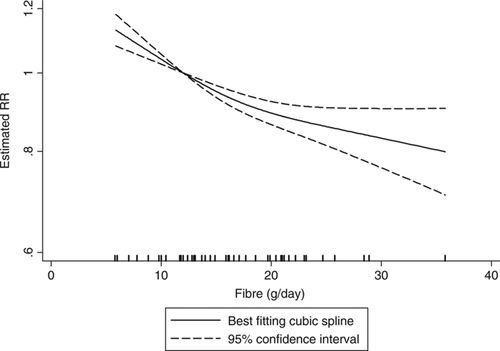
7. Fiber Protects Against Digestive Diseases
Inflammatory Bowel Diseases like Crohn’s and Ulcerative Colitis are on the rise, but it seems that a high fiber diet may help prevent and treat them.
One of the possible reasons for this is quite fascinating – a leaky gut is a big factor in these diseases. With a leaky gut, the very thin intestinal wall becomes too weak and allows more transfer with the surrounding bloodstream than it should. This is bad, and leads to inflammation and host of other problems. A high fiber diet may solve this because it helps grow the good bacteria in the gut. That bacteria, in turn, actually lines the walls of the intestine like reinforcements, and makes a leaky gut less likely.
8. Fiber Makes You “Regular”
As you probably already know, a high-fiber diet dramatically increases the regularity of bowel movements.
After talking about cancer and obesity and IBD, constipation might seem like a minor issue, but it is in fact one of the most common health issues and has made laxatives one of the most common drugs in the world.
You may not want to know this, but I’ll tell you anyways. Stools are comprised predominantly of bacteria from the intestines. So, eating more fiber feeds and increase the quantities of these bacteria, thereby increasing the size and softening the consistency of the stools. That’s a very good thing.
Eat more fiber and, as Rip Esselstyn likes to say, you’ll become as regular as a Swiss commuter train. I don’t think I really need to cite any studies for this one, it’s pretty easy to test for yourself…
9. Fiber Boosts Brainpower
We know that brain inflammation is a big cause of cognitive decline and dementia, and with fiber being so anti-inflammatory, there’s probably a strong connection between the two. This has been explored through studies, where a high-fiber diet reduced brain inflammation (it was in mice, but the effect likely correlates with humans as well).
The brain benefits seem to go beyond inflammation as well. There was a great study where they fed schoolchildren a high fiber diet to see how it affected their mental performance and it was indeed associated with better cognitive control and accuracy.
10. Fiber Supercharges Gut Flora
It sounds creepy, but our bodies are hosts to huge amounts of bacteria. We have something like 10 trillion human cells, but we host 50 TRILLION bacteria cells. It’s a mutually beneficial relationship, as this good bacteria (found primarily in our gut) is absolutely essential for good health across the board.
In fact, this is the primary reason behind nearly all of the benefits mentioned previously; from preventing disease to lowering cholesterol, boosting immunity, and even improving brain function. All of it is supported by healthy gut flora.
What does this good bacteria need to thrive? Fiber, of course. The beans you eat for dinner will feed your gut bacteria for breakfast, giving them strength to fight the good fight and support your health in numerous ways. Take care of them and they’ll take care of you.
QUICK TIP: Soluble vs Insoluble Fiber
Soluble fibers dissolve in water (they are “soluble”!) and are found in nearly all the high-fiber foods (beans, seeds, grains, etc.). Their health benefits run the range of nearly everything discussed above.
Insoluble fibers do not dissolve and therefore make it through the digestive tract intact. They are found primarily in the outer layers of grains and their health benefits are (generally) more contained to digestive health.
tl;dr – both kinds of fiber are beneficial, and if you’re eating a high fiber diet, you’ll be getting plenty of both.
Common Fiber Mistakes
Okay, you’re convinced that you need more fiber. What should you do? We’ll get to that in a moment, but let’s first talk about what NOT to do.
Fiber supplements
The first thing you may be thinking is, I’ll take the easy way out and use one of those fiber powder drinks. The problem is, they don’t work as well. Added fibers like inulin or psyllium just don’t have the same effect as fiber from whole plant foods, not on constipation and not on inflammation.
I mean, what kind of a joke is this Metamucil nutrition label? 16 grams of SUGAR and less fiber than a handful of beans, really?
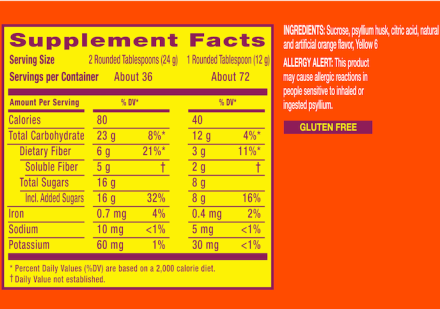
Refined grains
When it comes to grains, nearly all of the fiber is contained in the outer hull. The process of “refining” (i.e. turning brown to white) is literally just the process of removing the fiber. A cup of cooked white rice has 0.6 grams of fiber, while a cup of brown rice has 3.6 – 600% more! Please try to avoid white rice, white flour, and other refined grains.
Increasing too quickly
Maybe you’re all gung-ho about increasing your daily fiber from like 15g/day to 75g/day, so you start eating 4 cups of legumes, a mountain of millet, and a pound of cornmeal every day. Woah there! Take it easy. Stepping up your fiber intake too quickly can cause major gastrointestinal discomfort in the short term. If you’re currently eating a fairly low-fiber diet, you may want to increase slowly (an extra 10g here and there) to see how your body reacts before going too extreme.
Worrying about gas & bloating
As this article, Beans & Gas: Clearing the Air, explains, the idea that beans and other high fiber foods cause gas is largely a myth – especially if you go slow (see above) and give your body some time to adjust.
Probiotic supplements
When you hear about fiber’s benefits to gut flora, your first thought might be, “oh I’ll just take a probiotic.” The problem isn’t just that they are expensive and ineffective, but that they might not even be safe (see here). What you need is not an expensive pill full of bacteria that gets instantly slaughtered by your stomach acid, but fiber that travels all the way to your colon and acts like a supply drop to reinforce the good bacteria already there.
There’s really only one good solution, of course, which is to eat whole plant foods that are high in fiber. Like…
High Fiber Foods
As you know by now, fiber is found exclusively in plant foods, but some plants are better than others! In this section, I’ve included all the best easy-to-find, inexpensive foods that are highest in fiber…
All legumes (beans, peas, and lentils)
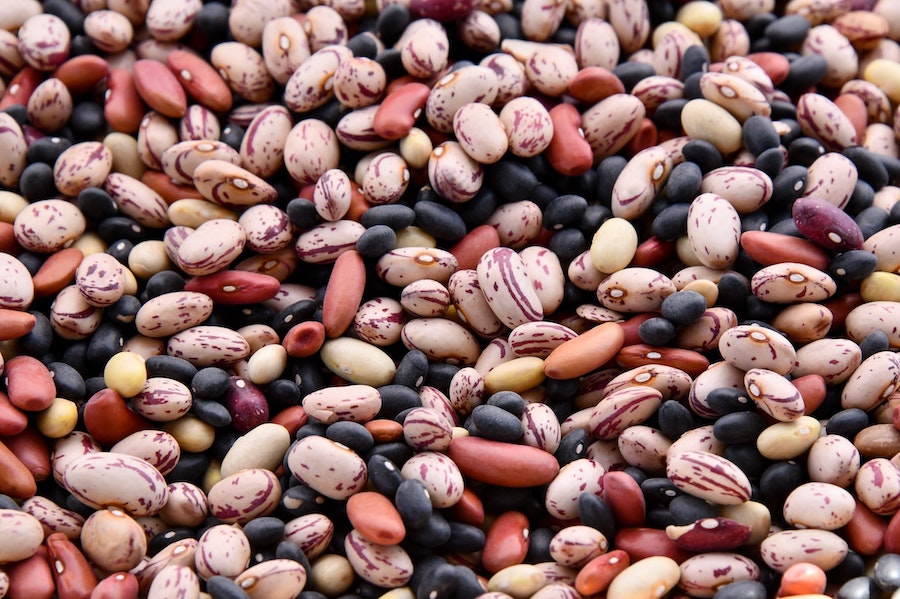
First and foremost, legumes! This is all beans, peas, lentils, and chickpeas. They are PACKED with fiber (like, 20+ grams in one 15 oz can), and one of the best/easiest ways to supercharge your fiber intake.
Chia and Flax Seeds

One of my favorite sources of fiber, both chia and flax are some of the highest fiber foods. I make an awesome chia pudding that also includes flax, or you can throw them into oatmeal or a smoothie.
Whole Unrefined Grains
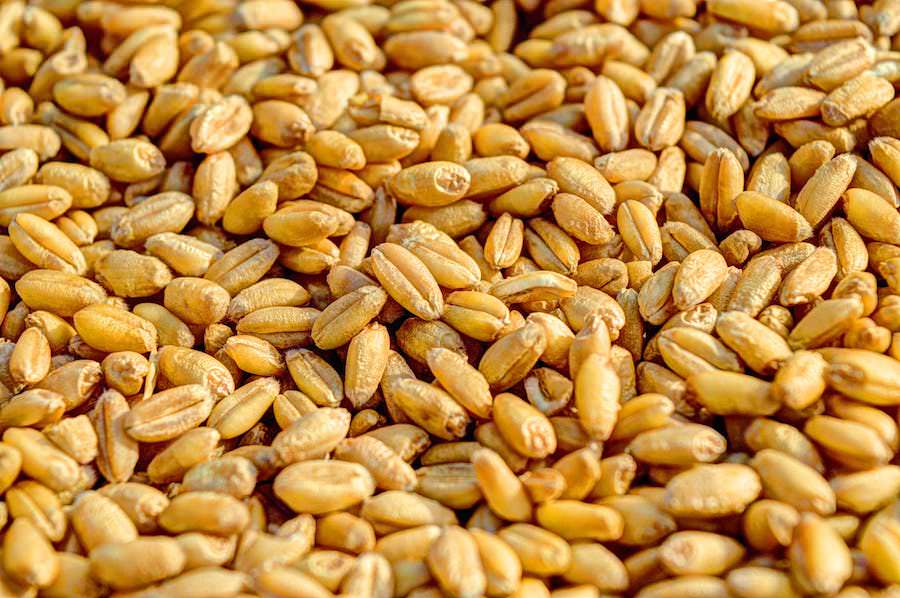
All whole unrefined grains will contain good amounts of fiber, including whole wheat, millet, rice, barley, quinoa and more. Again, opt for whole unrefined grains. White = low fiber.
Corn

While technically a grain as well, corn gets special mention because it is surprisingly high in fiber. Unrefined cornmeal has something like 4g/fiber per 140 calories, making it one of the highest fiber grains. Popcorn is also one of the most high fiber snacks.
Avocado
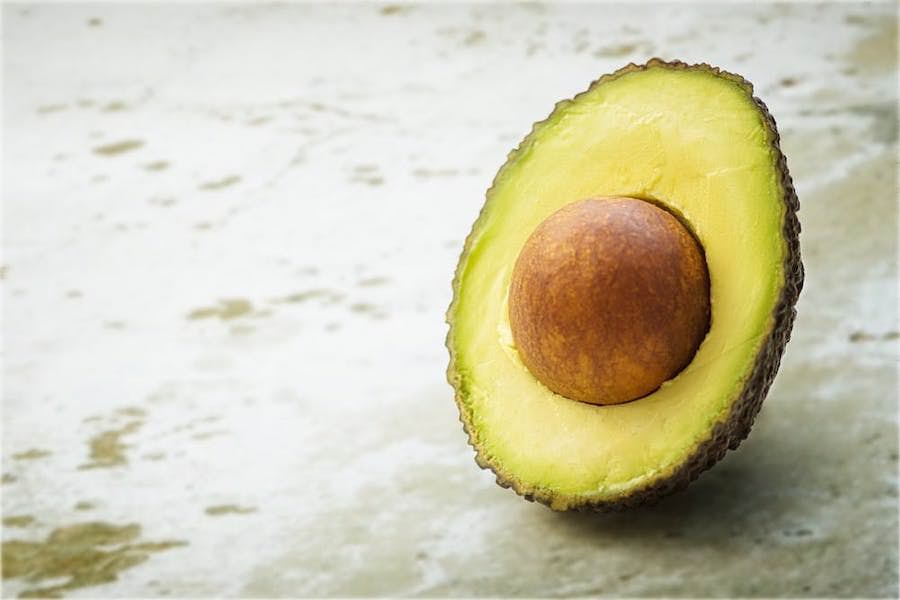
Many fruits and veggies are not extremely high in fiber (see below) but avocado is a major exception. One medium avocado has thirteen grams of fiber in 330 calories.
Nuts
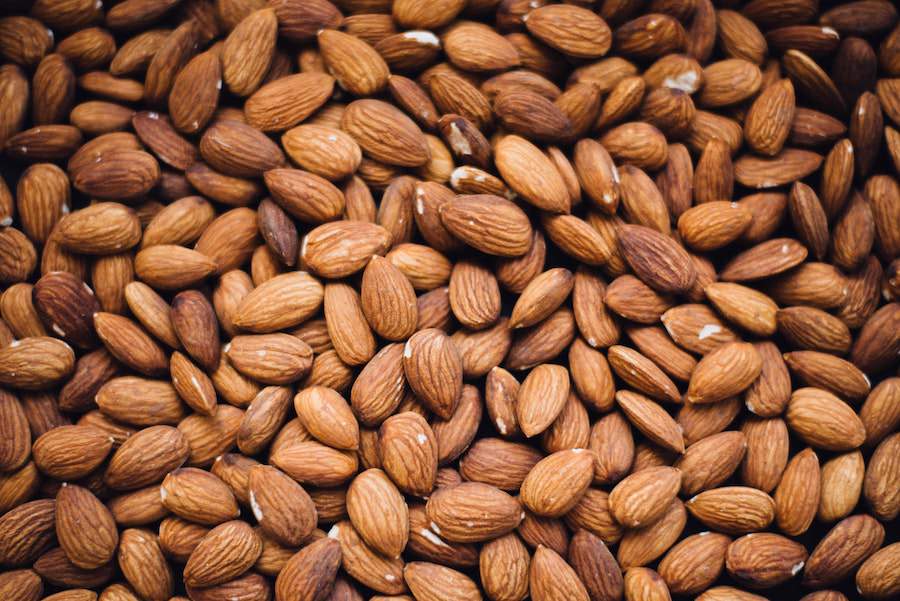
Nuts are an often overlooked source of fiber. A handful of almonds adds an extra 6 grams of fiber to your diet.
Fruits and Veggies (it’s complicated)
Yes, they contain fiber, but many are not great sources. An entire banana has just 3 grams, for example, but an apple has 5+ and berries have 5+ per cup. Veggies often contain so much water that you would have to eat a huge volume in order to get much fiber.
Of course there are nearly infinite benefits to increased fruit & veggie consumption besides fiber, though, so please continue to eat them as well!
QUICK TIP: THE 5:1 Fiber Rule
How do you know if a food has enough fiber? The rule of thumb is that it should have no more than 5 grams of total carbs for every 1 gram of fiber.
To do this, look at the nutrition label and locate the carbohydrates section. Total carbs are listed on that line, and fiber is below. Simply divide the total carbs by the fiber. If the result is over 5, it’s not ideal.
This is easier than it sounds. For example, if a sugary breakfast cereal has 31 carbs and 2 grams of fiber, that’s over 15:1 and way out of bounds. But, a can of pinto beans might be 19 total carbs and 5 fiber, so a ratio of under 4:1 is incredible.
My Favorite High Fiber Recipes
I get frustrated when people talk about something being “a great source of fiber” and it has like 3 grams. What. For most people getting a measly 15g/day, it’s a solid 20% of their total… but for those of us shooting for 60g, that won’t cut it!
The good news? Pretty much all of my recipes contain at least a decent amount of fiber. Why? It should be obvious by now: all plant-based foods contain fiber, and all my recipes are plant-based!
This section is designed to inspire you to get started with high-fiber cooking by suggesting healthy recipes that 1) combine multiple high fiber foods into one dish, 2) taste delicious, and 3) are easy and straightforward to make.
My Favorite Chia Pudding
The breakfast I eat every day has about 20 grams of fiber – 125% of what the average American gets in an entire day! The reason? Flax + chia + oats + whole wheat + berries all in one incredibly tasty meal.
Slow-Cooker Pinto Beans
The best beans in the world. Seriously, homemade slow-cooked pinto beans are one of my favorite foods. Pair with some corn tortillas + avocado and you’ve got practically a day’s worth of fiber in one meal.
Perfect Veggie Burgers
These are kind of the holy grail of high fiber foods – they contain beans, grains (oats), flax, and plenty of veggies in the brightest and most flavorful veggie burgers ever.
Dal Makhani
This delicious Indian curry is made with fiber-packed lentils. Pair with some whole wheat flatbread for the most satisfying high-fiber meal.
Vegan Breakfast Burritos
Tofu? Check. Beans? Check. Whole Wheat tortillas? Check. Avocado? Check. It’s hard to find a more high-fiber breakfast than these incredibly tasty and satisfying burritos.
Classic Lentil Loaf
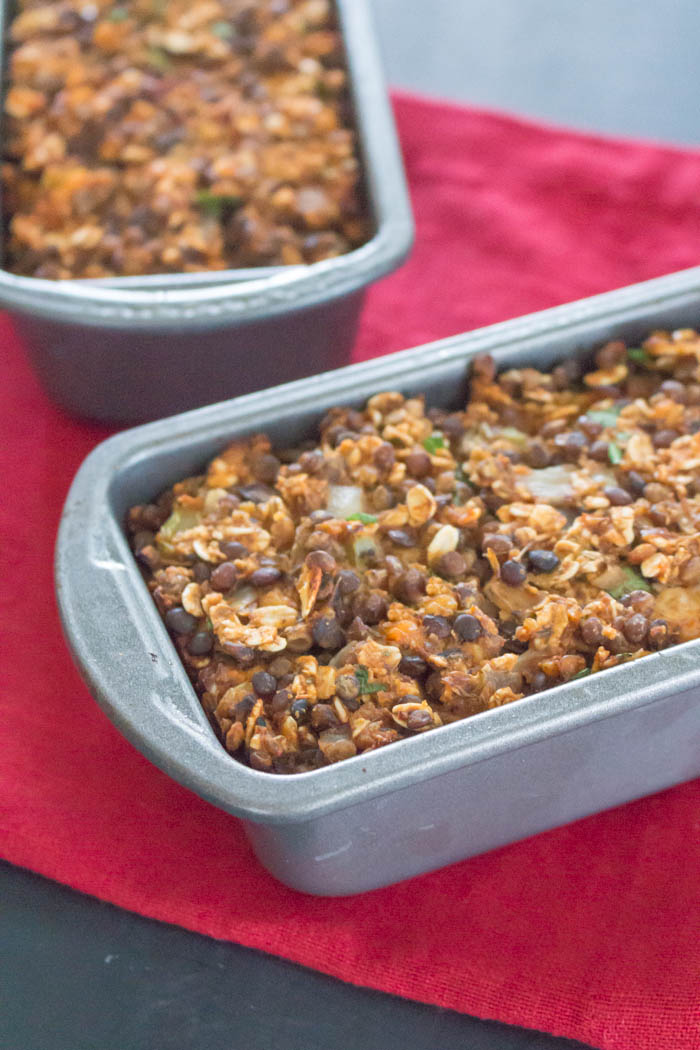
A vegan-style “meatloaf” made with lentils, oats, and tofu for a dish that is not only hearty and delicious, but also packed with a huge amount of fiber.
Blueberry Cornmeal Muffins
Fiber isn’t just for dinner. These muffins combine medium-grind cornmeal with flax and almond butter for more fiber than virtually any other snack.
Quinoa Power Bowl
Yes, it has a ton of fiber from the beans and quinoa (with some from the nuts / cashew cream, and the butternut), but even better: it’s one of the most delicious meals on the planet and one I make constantly.
8-Minute Black Bean Soup
Only have 8 minutes to make a high-fiber meal? No problem, this soup combines black beans and avocado for 25+ grams of fiber in two servings.
Secretly-Healthy Cookie Dough Bars
What is better than a high fiber DESSERT? Pretty much nothing. Especially when the dessert is as delicious as these cookie dough bars made with both almond butter and chickpeas.
The end! Congrats on making it to the end of this epic article – hopefully it helped you better understand the power of fiber in your diet. If you found it useful, feel free to share the article / Infographic with a friend to spread the power of fiber with those who need it most.
– Andrew

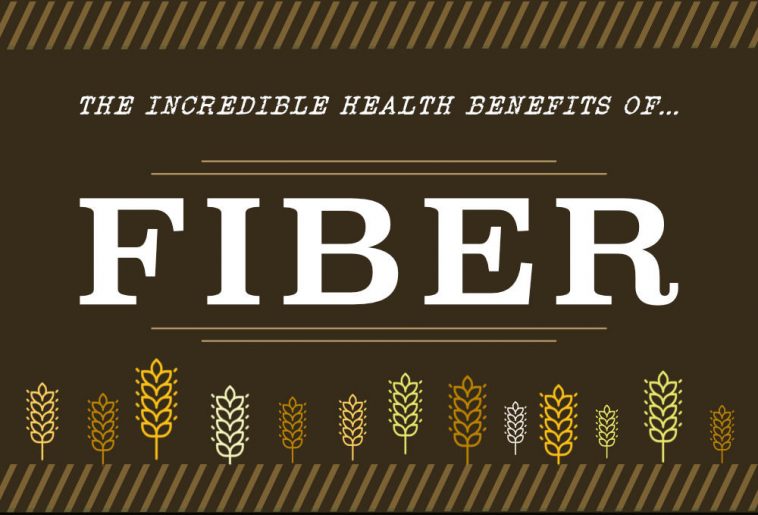

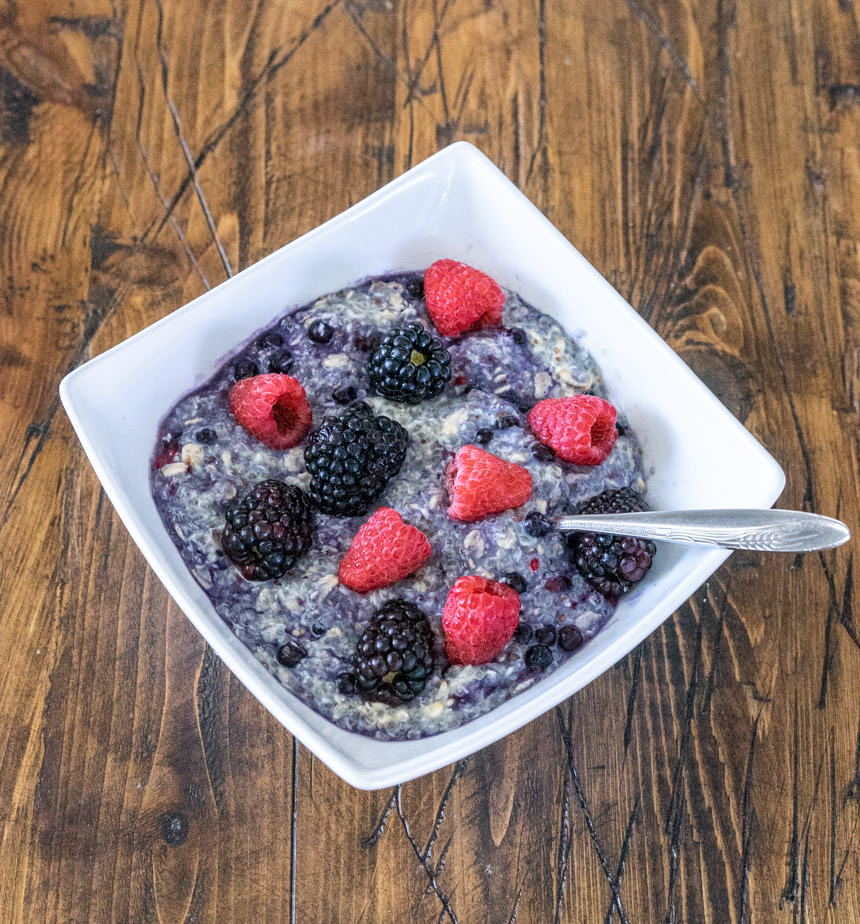
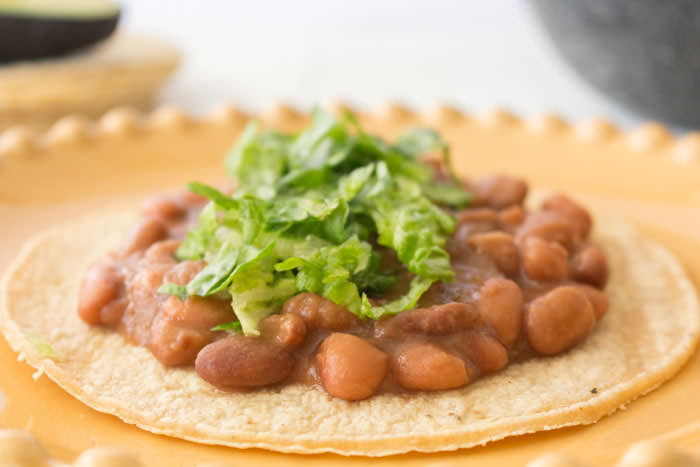
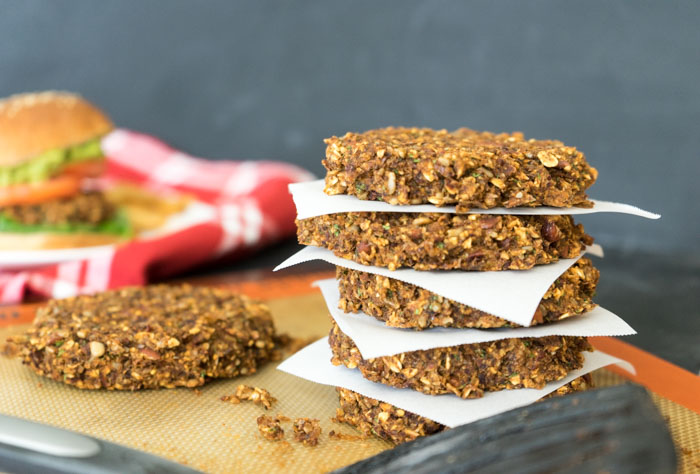
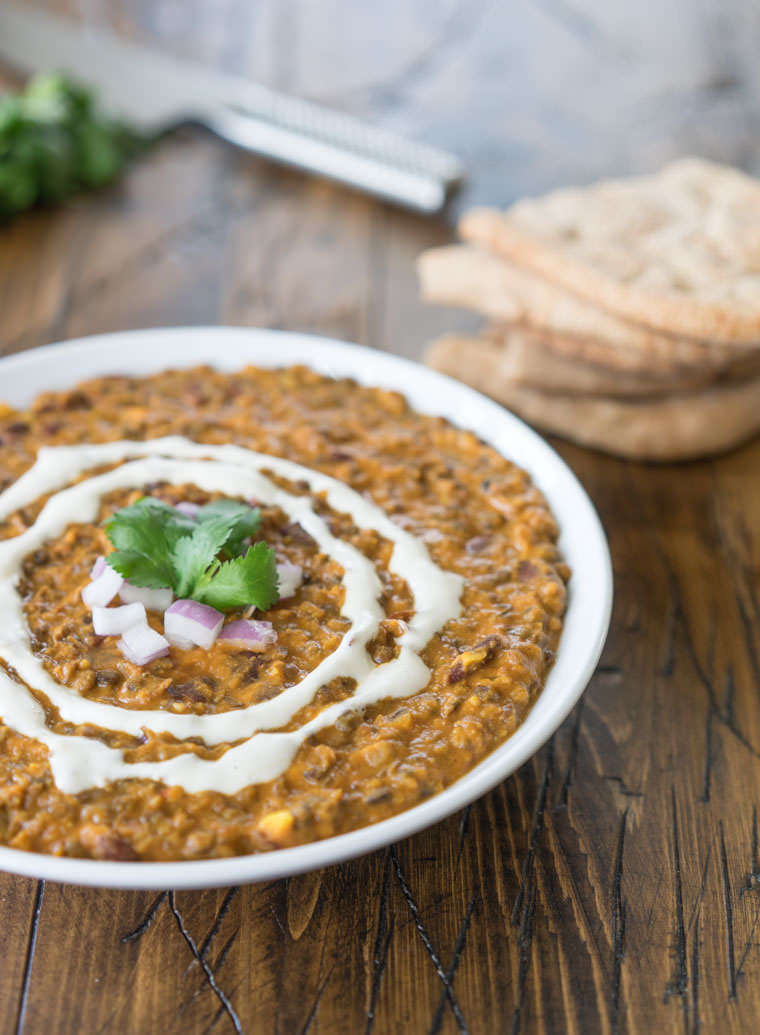
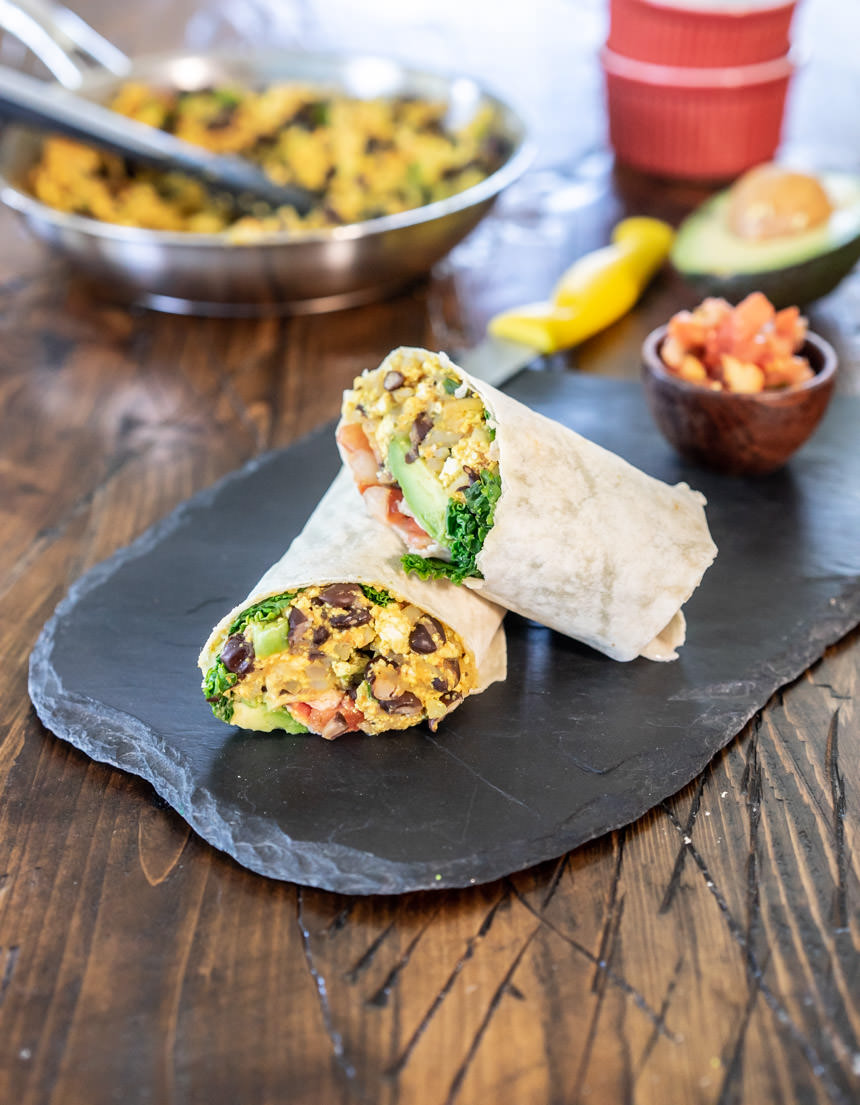
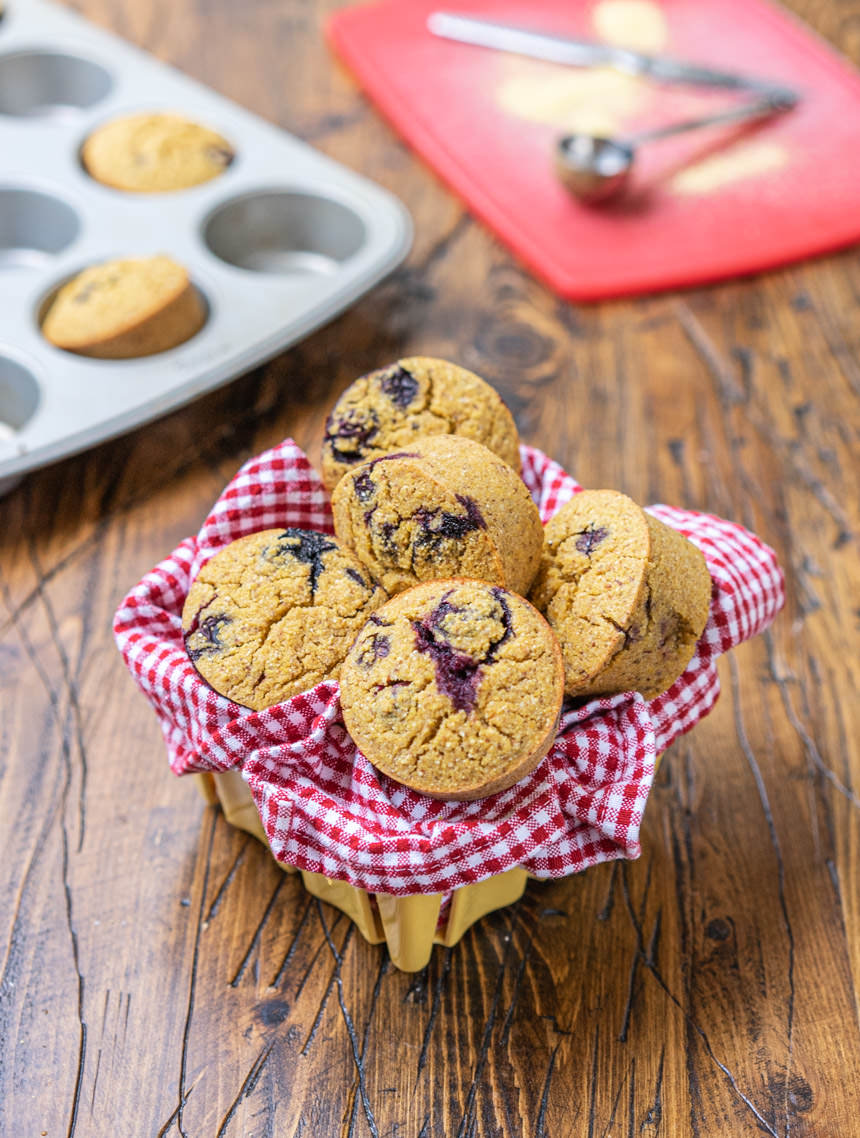
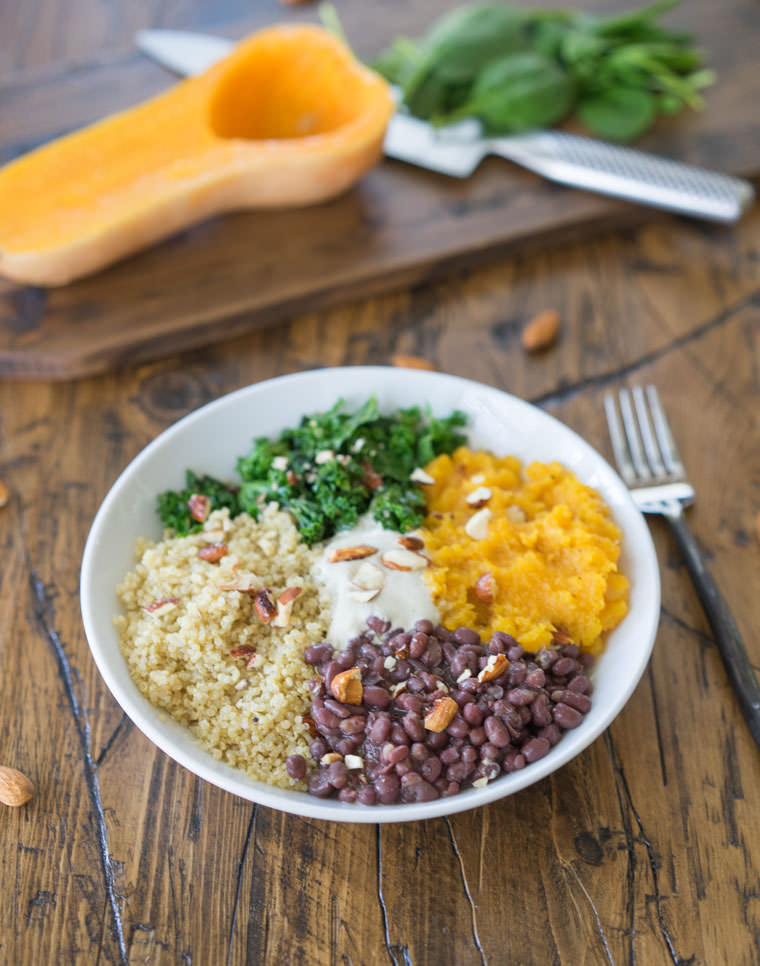
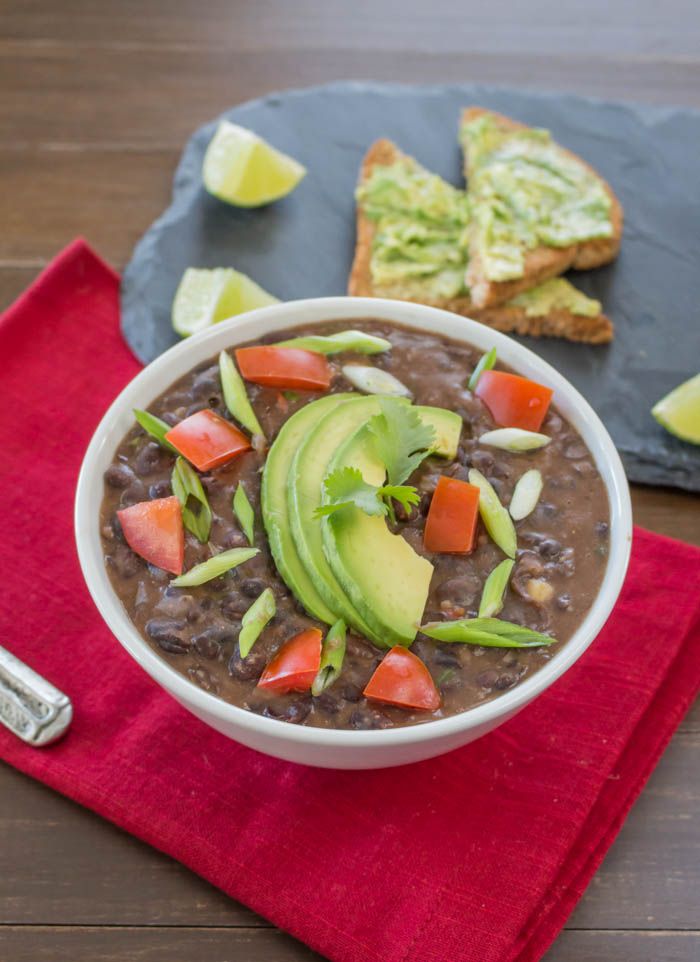
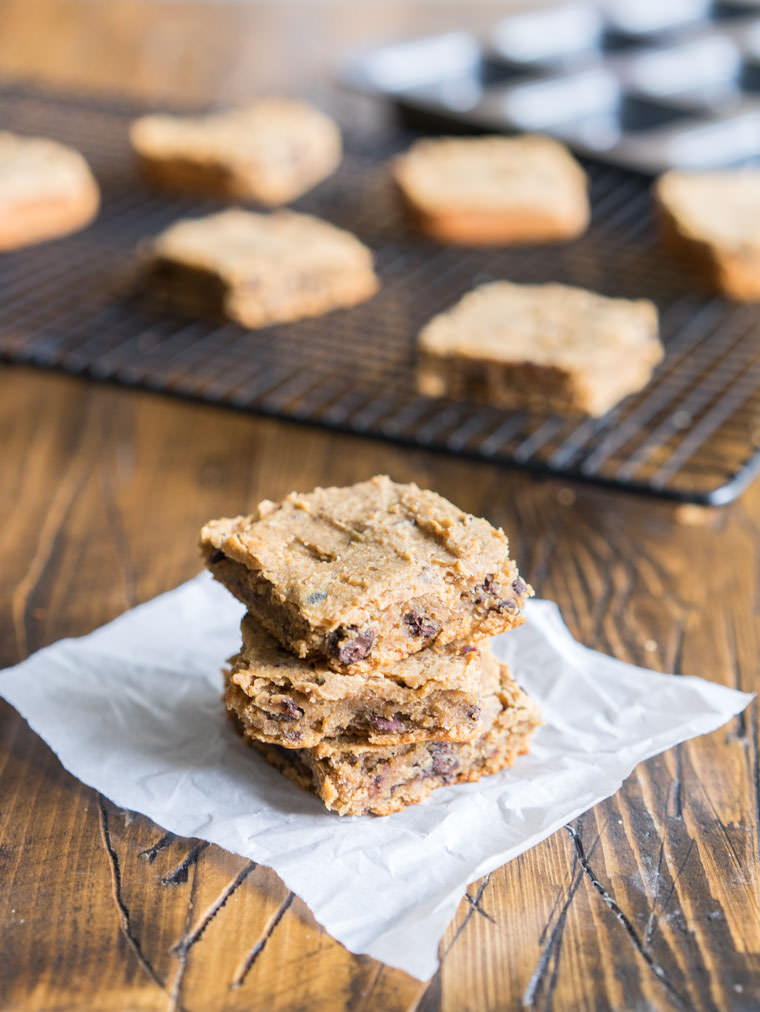
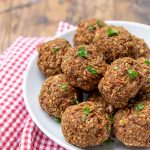
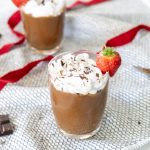

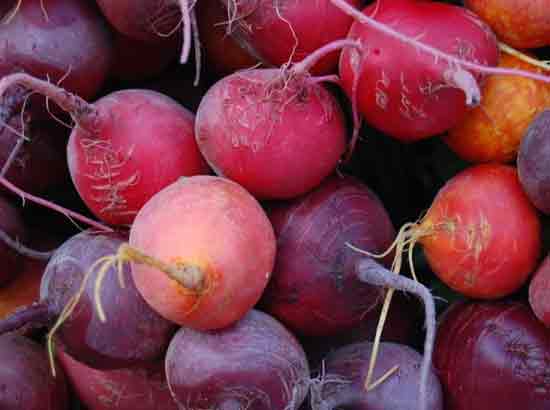

Excellent article. Good graphics also..and downloaded many of your recipes…thanks. Chris
Thanks, Chris! I appreciate that. I’m glad you’re enjoying the recipes / articles 🙂
I agree! Fiber is an underappreciated part of a healthful diet. Thanks for inspiring me to keep on those fiber totals! I’ll be checking out the recipes (the burgers were already one of my favorites!).
Thanks, Caroline! Yes, keep on those fiber totals! 🙂 Ah, it’s great to hear that you like the burgers, they’re one of my favorites as well!
What’s your opinion carbs/ fiber are not essential. How do those folks stay regular, reduce hemmorroids and maintain colon health?
You mean, how do people eating no carbs or fiber stay healthy? They don’t.
I saw ground chia seeds on sale at the grocery store. I didn’t buy them because I thought it would be healthier to use whole chia seeds. Do you have any suggestions one way or another on what form chia seeds should be consumed? By the way, conversely, I use ground flax seeds because from what I understand, benefits from flax seeds may not be available if eaten whole.
Thanks for the in-depth article and catchy graphics on fiber!
Yes so definitely with flax they need to be ground in order to absorb the benefits. I always eat whole chia seeds but it turns out, you might need to grind those too! Check out this video: https://nutritionfacts.org/video/do-chia-seeds-help-with-belly-fat/
You commented on Metamucil and said that inulin supplements are not the same as vegetables (though everyone knows that supplements cannot replace real food)…but some people take supplements not to replace food (and some people need supplements……I know someone who can only have 1 liquid meal a day) … Is there a comparatively better supplement such as Benefibre (better than Metamucil) which contains inulin? I once used ground flax seeds as a source of fibre when there was a bulk place near me….How long do flax seeds keep and are they better than vegetables (for inulin why not also take Benefibre)?
Also I agree that not everyone should rely on probiotics…but for example people who have been on antiobiotics for an extended period of time often rely on good quality probiotics to restore their gut health (because they often have no gut health after)
Hi Elizabeth, my point was (like you said) that supplements can’t replace real food. However, if it’s a health situation where supplements are actually needed, that’s a different issue and I’d defer to a doctor who is well-versed in nutrition and the specifics of the situation in that case. Regarding flax, it can keep surprisingly well for several months if refrigerated (even ground) because it has so many antioxidants.
I eat steel cut oats almost every day and the carbs are 27g and fiber 4g. That makes the ratio 6.75 to 1. I thought steel cut oats was a good option, now I am second guessing that.
That is interesting… I hadn’t noticed that before. I wouldn’t be so concerned about it, but I should have mentioned that it’s really more about the meal as a whole not individual ingredients. So for example, if you added 2 tbsp of flaxseed, that’s 4 carbs and 3g fiber(!) so that brings it up to 4.4 to 1 which is awesome.